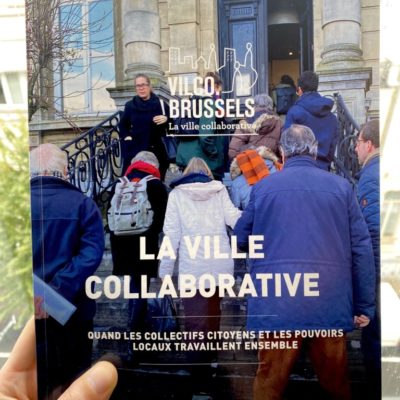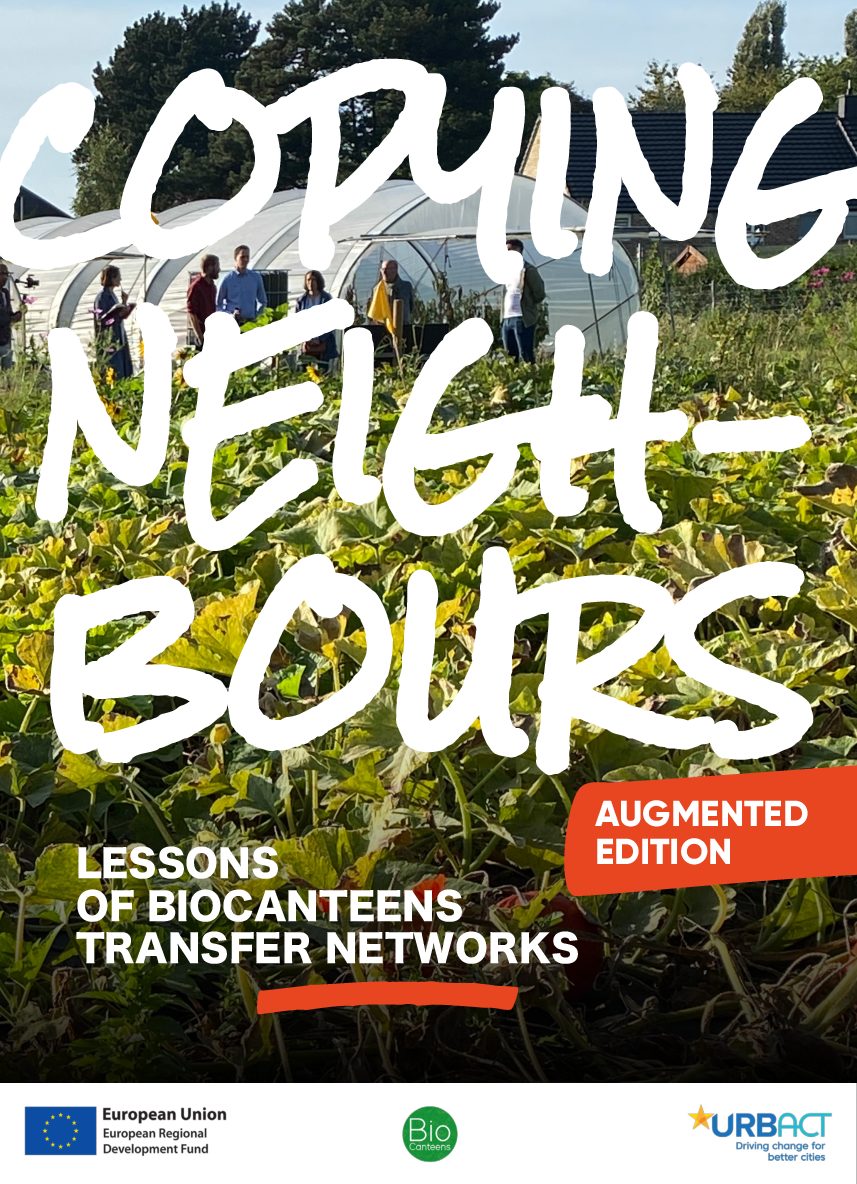Description
Everyone acknowledges today that democracies around the world are increasingly challenged. The number of issues they have to face – and have difficulties to respond to (social justice, economic stability, climate change, etc.) – put our democracies at risk. On top of that, a growing number of people feel that they are not listened to or taken into consideration by policymakers. Citizens claim a right to have a say in public decisions, choices, and policies that are made.
At city level, local governments are not at rest either and face the same situation as national governments and appear quite unequipped to respond to the claim of citizens. Yet, they realise they have to better collaborate and involve citizens in decision-making processes and in the local governance of the city in general. Amongst those conscious cities, 8 small and medium-sized cities of Europe have decided to embark on the audacious journey of participatory democracy.
These 8 cities have gathered together in order to set up a network called Active Citizens. These cities all range in between 35 000 and 95 000 inhabitants. They are from all over Europe, -south, west, and east. From Portugal (Santa Maria da Feira) to France (Agen and Saint Quentin), Italy (Cento) to Germany (Dinslaken), Czech Republic (Hradec Králové), Romania (Bistrita), and Estonia (Tartu). These 8 cities have different experiences with participatory approaches, some having already engaged with participatory methods, while others are more at the beginning of the journey. However, they all have in common this shared feeling that they need to go further, and that they can do so, by joining together and learning from one another.
There is hope, there is urgency, there is pressure
Participatory democracy is a trendy topic. No doubt. The number of articles, news, papers, books, case studies, of participatory democracy are multiplying like never before in the last decade. At the same time, toolkits, guidelines, toolboxes, and handbooks of all kind are also multiplying and meant to support cities in the adoption of participatory approaches in their governance. Yet, the trendy nature of the topic is not without risk. Indeed, as the topic becomes ‘a nice thing to do and have’, some cities tend to apply participatory approaches either in bad ways (tools, methods, formats) or for the bad reasons (fake motives, hidden agenda) leading to what could be called ‘fake public participation’. And this can have disastrous effects on democracy. Indeed, the number of active citizens willing to take part, to a certain degree, to public decision making processes, are not – let’s be honest – millions (yet). So doing ‘fake public participation’ can convince the most willing citizens that participation processes are just smoke and mirrors. Disappointing, once again. And lowering a bit more the citizens’ trust in politics, and, by extension, the democratic model. But there is hope, because citizens are present and willing to take part, and city administrations (like the ones of Active Citizens) are also more and more inclined to go towards a more participatory democracy and want to do it right, meaning with honesty, transparency, attention, care and empathy.








